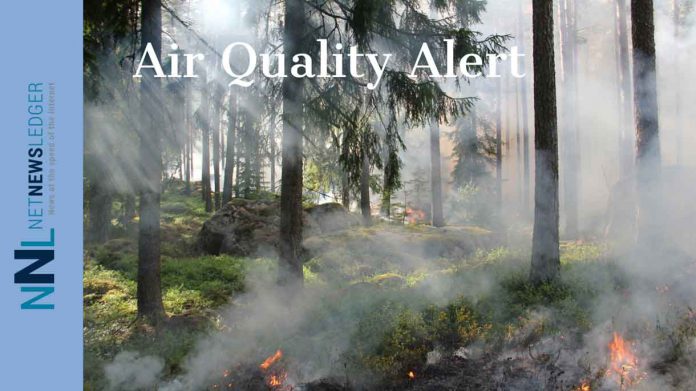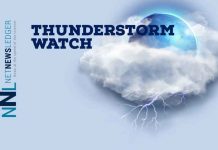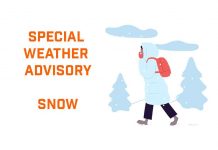High Levels of Air Pollution from Forest Fire Smoke
THUNDER BAY – Climate – Smoke from forest fires in northwestern Ontario has resulted in high levels of air pollution.
Air Quality Alerts continue for Ear Falls, Red Lake, Sachigo Lake, Kitchenuhmaykoosib Inninuwug, Dryden, Vermilion Bay, Ignace, Armstrong / Whitesand, Pickle Lake, Cat Lake, Summer Beaver, Sandy Lake, Deer Lake, Wunnumin Lake, Kingfisher Lake, Sioux Lookout and Savant Lake.
Guarding Health Against Wildfire Smoke
Wildfire smoke, even at low concentrations, can pose serious health risks. It’s essential that everyone take steps to reduce their exposure to this hazardous smoke.
High-Risk Populations and Preventive Measures
Individuals with lung or heart diseases, older adults, children, pregnant people, and those who work outdoors are particularly at risk. Consult with your healthcare provider to formulate a comprehensive plan for wildfire smoke events. Ensure a sufficient supply of necessary medications at home and keep them handy during the wildfire season.
Responding to Discomfort and Seeking Medical Help
If you or someone under your care feels unwell or experiences breathing discomfort, reduce or halt physical activity. Contact your healthcare provider or local health authority for advice or if severe symptoms emerge.
Monitoring Air Quality and Health Symptoms
Regularly check the Air Quality Health Index and keep a close eye on your symptoms. Remember, individuals may respond differently to smoke exposure. Mild irritation and discomfort are common but usually disappear when the smoke clears. Stay hydrated to help your body cope with the effects of smoke.
Indoor Precautions
If your home has an HVAC system, use the highest rated MERV filter that your system can handle, ideally rated 13 or higher. Keep your fan set to recirculate air constantly. Consider using a portable High Efficiency Particulate Air (HEPA) air cleaner. If the temperature in your home is comfortable, keep your doors and windows closed.
Seeking Clean Air and Using Protective Measures
Take breaks from the smoke in a location where clean and cool air is available. If you need to spend time outdoors, use a well-fitted respirator-type mask, such as a NIOSH-certified N95 or equivalent respirator, to reduce exposure to fine particles in smoke. Note that respirators do not protect against gases in wildfire smoke. Listen to your body and decrease or stop activities if you start experiencing symptoms.
Supporting At-Risk Individuals
Remember to check on those under your care and others around you who may be more susceptible to smoke. Provide help and support as needed.
Reducing Indoor Air Pollution
To minimize indoor air pollution, try to avoid smoking or vaping indoors, burning incense and candles, frying foods, using wood stoves, and vacuuming. During high pollution periods, clean indoor surfaces by wiping and wet mopping to remove dust particles.
Mental Health Support
If you experience feelings of stress, anxiety, or depression, seek advice from your mental health care provider or visit Wellness Together Canada for additional resources and support.
For information on how to reduce your health risk and your personal contribution to pollution levels, as well as for current and forecast AQHI values, visit Air Health Canada1.






